What is beauty, anyway? You know it when you see it, but can you describe it? Can people agree on it, or is it purely subjective? Is our concept of beauty based in nature, or society?
These are the questions that people have been asking themselves for thousands of years.
We all worry, at some point in our lives, whether we're not beautiful enough to be celebrated and loved (here's a hint, though: you are!) — and we've also wondered why certain traits are considered beautiful and others aren't.
And frankly, all of that wondering and second-guessing can get us down.
But it's important to remember that beauty ideals are ever-changing, just like this video about how the ideal body type has changed drastically over the past century.
By looking at the past, we can see that at some point, just about everyone was considered the ideal!
It's natural to feel down about your appearance from time to time, but remember, beauty standards are always changing, so comparing yourself to whatever's fashionable now doesn't do any good. And being kind, confident, and unique — that's always beautiful!
What do you think of these old beauty standards? Let us know in the comments below.
Ancient Egypt: Braided Wigs And Lots Of Eyeliner
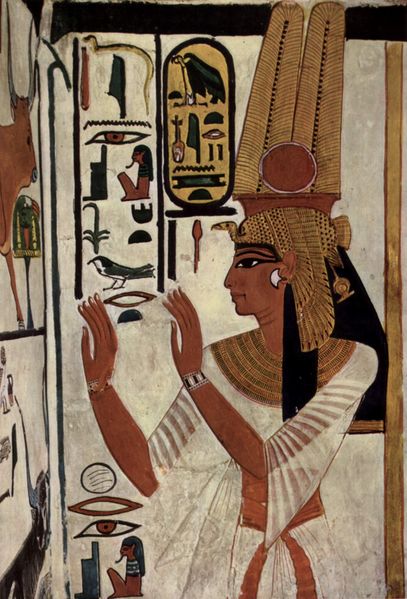
Women in Egyptian art are often depicted with slim, high waists, and narrow hips. Dark black hair, possibly even with a bluish tinge, and golden or “bright” skin for women were considered ideal.
Women also wore long, braided wigs. Men and women in Egypt routinely shaved their hair and wore wigs instead.
Men and women also both wore makeup, namely heavy black eyeliner that doubled as protection from the sun.
Ancient Greece: Unibrows And Bleached Curls
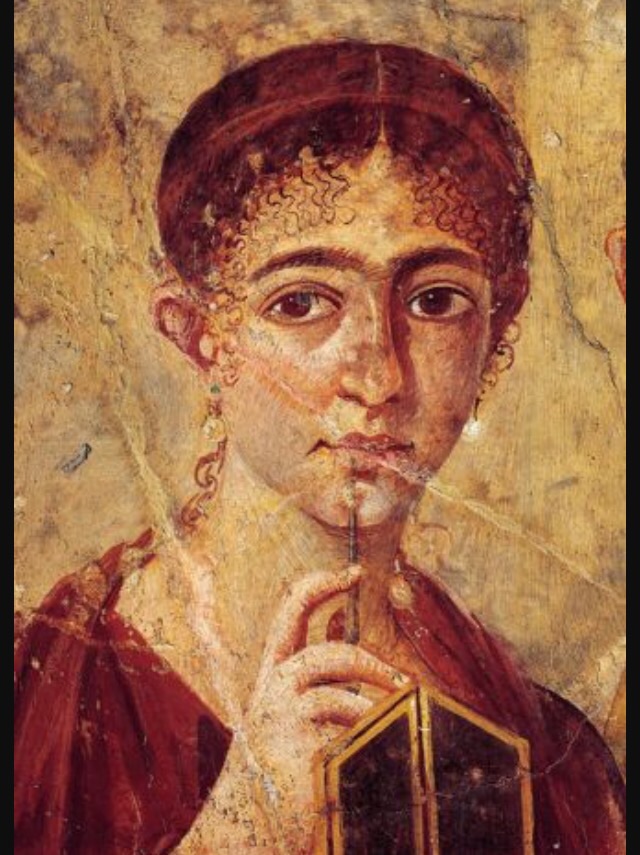
While many women today would pluck a thick "unibrow," women in Ancient Greece liked the look, and many used dark pigment to draw one in.
They also bleached their hair in vinegar, which often caused hair loss, so wigs were popular.
Long hair was also considered beautiful, as only upper-class women were allowed to grow their hair long.
Heian Japan: Super-Long Hair And Smudgy Eyebrows
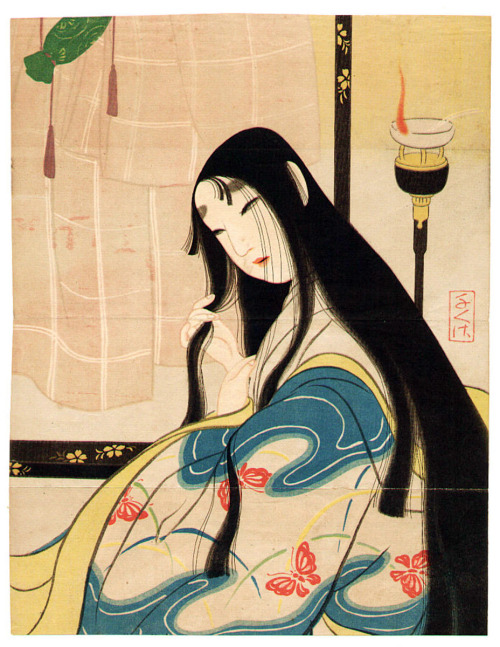
In medieval Japan, long hair was prized, so court women grew their hair as long as possible, and wore it straight down their backs in a loose ponytail. Their hair would often reach the floor!
They also shaved off their eyebrows and drew on smudgy new ones high up on the forehead, almost near the hairline.
Heian beauty included pale skin, round and rosy cheeks, and little bow lips.
But because they painted their faces white, their teeth looked yellow in comparison. So they used to paint their teeth black.
Renaissance Italy: High Foreheads And Strawberry Blonde Hair
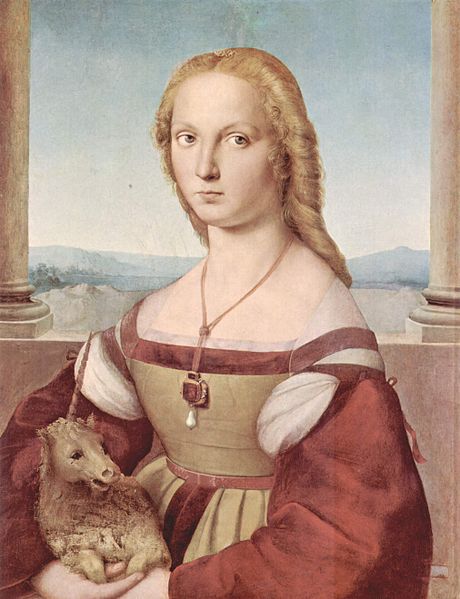
Women’s beauty at this time was tied to virtue, and a beautiful woman was thought to be a virtuous one.
A full figure with a rounded stomach was considered beautiful and linked to motherhood, and pale skin signified a life away from labor.
Other must-haves were strawberry blonde curls and a high forehead. Women of this time bleached their hair and plucked their hairlines to get this look.
18th-Century France: Double Chins And White Skin
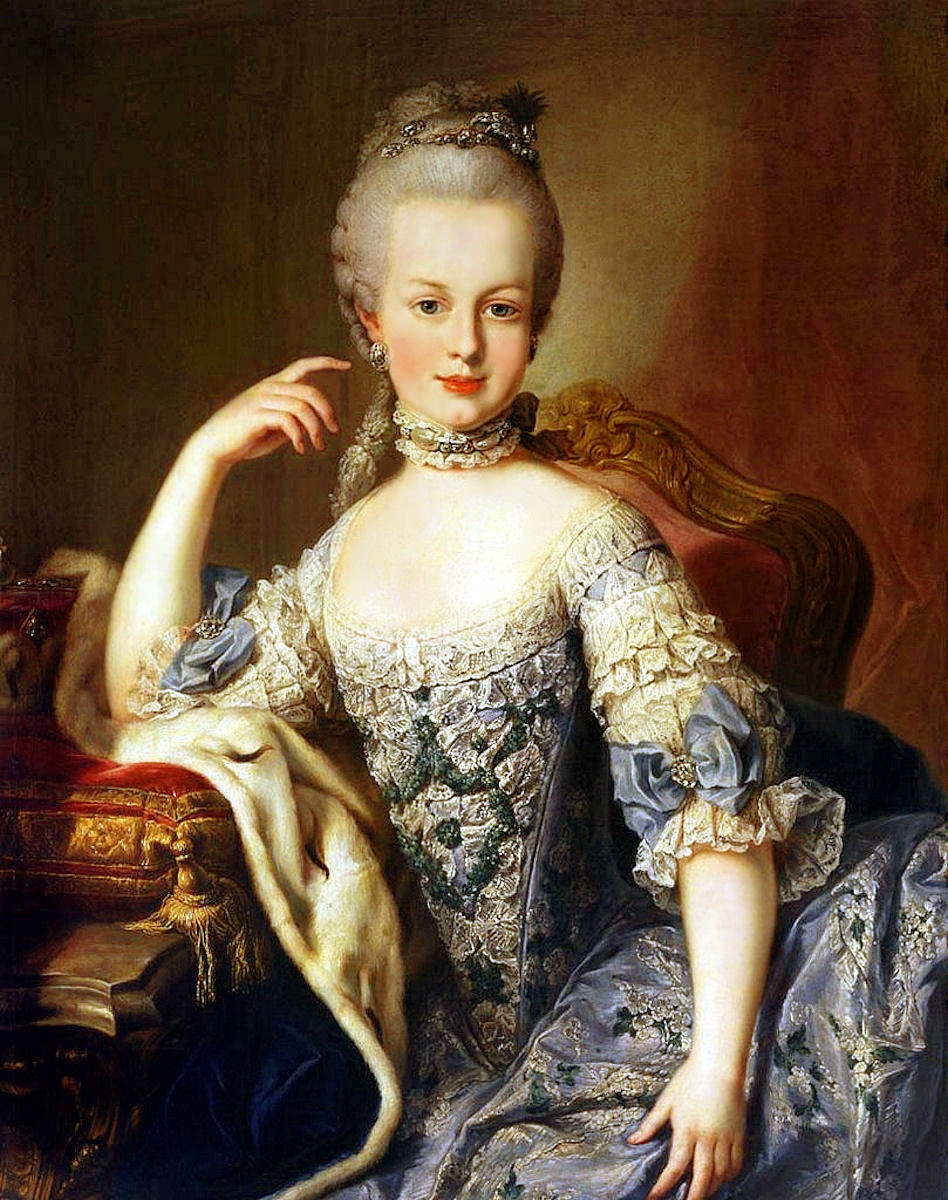
An oval face was prized, and so was a slight double chin and dimpled, rosy cheeks. Women wore their hair long and curly.
Hair was also powdered to give it a white or gray look, and wigs were popular.
To achieve the look of pale skin, many women wore heavy white makeup — often made with poisonous lead and mercury!
To cover up scars left by smallpox, men and women alike wore beauty patches, small pieces of black fabric pasted to the face over the scars.
The Edwardian Era: Tousled Hair And An Hourglass Figure
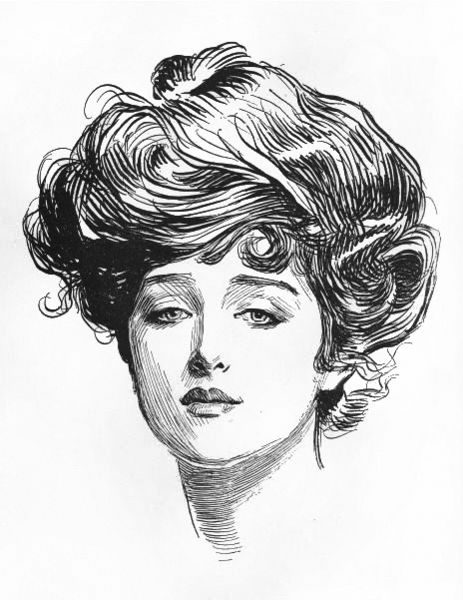
After the idealized frailty of the Victorian woman, women in the late 1890s got slightly more robust.
The hourglass figure, with a small waist accentuated by full a bosom and hips, were all the rage at this time, and women wore tight corsets to imitate the ideal shape.
The “Gibson Girl,” with her slightly tousled hair and symmetrical face came to symbolize this period's ideal beauty. And because skirts were worn long, women’s ankles were considered sexy.
The Roaring '20s: A Slim Silhouette And Bobbed Hair
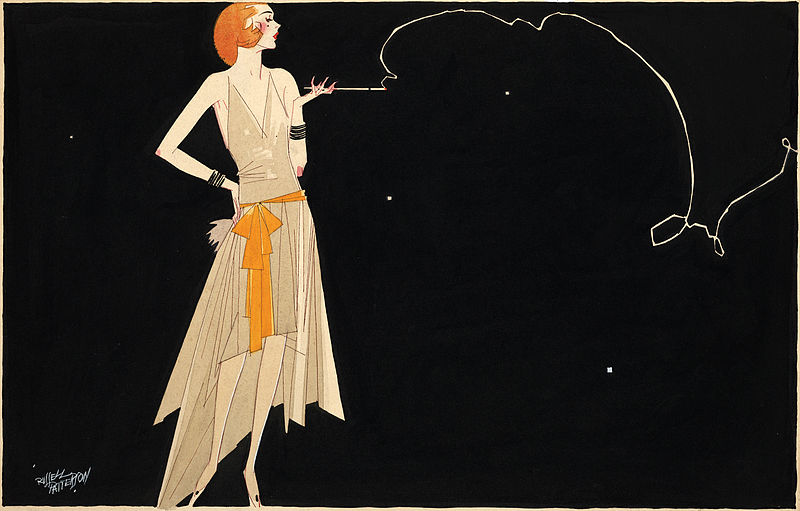
Thanks to women's suffrage, women in the 1920s had newfound freedoms and power, and showed it through their looks.
Flappers, as they were known, chopped their hair into bobs and started showing off their legs.
A slim, boyish silhouette became all the rage in reaction to the frail Victorian ideal, and women started valuing an athletic build.
1950s: Flawless Skin And A Curvy Shape
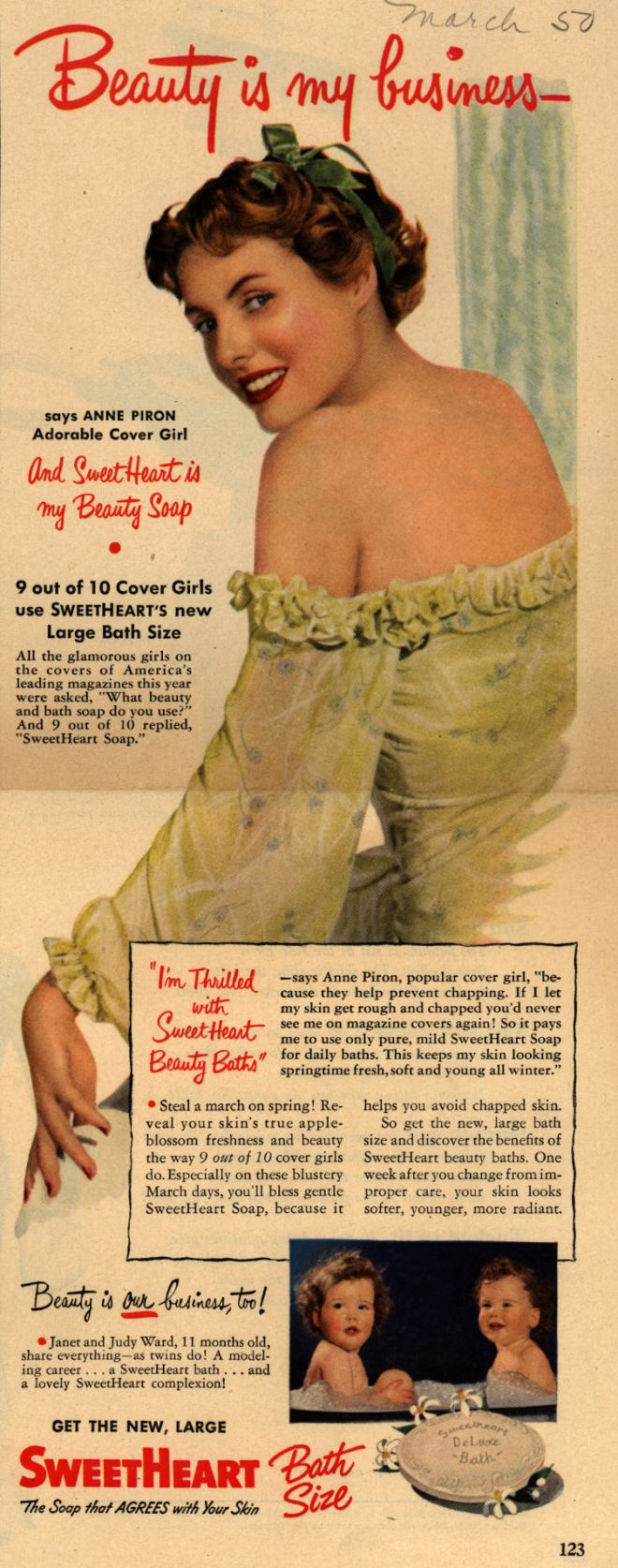
Thanks to the advent of electric lights and lighted mirrors, this period saw women becoming more and more anxious about having flawless skin, hair, and teeth.
It was also when teenage girls started buying beauty products.
While corsets had long been abandoned by the '50s, women still wore a lot of shapewear to achieve an hourglass shape. The most famous was the now-iconic cone bra.
1960s: Androgyny And Lots Of Eyelashes
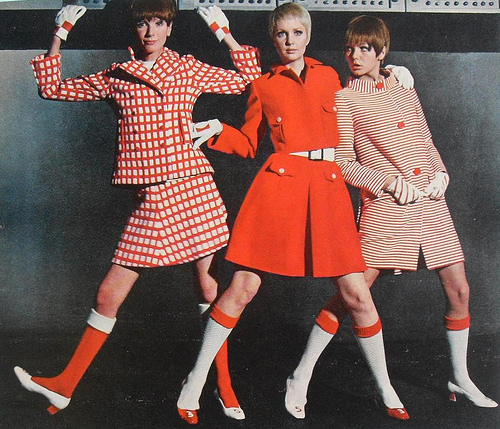
Beauty ideals, like fashion, are cyclical, so it's no surprise that the Flapper-like body shape came back, as did short, smooth hairstyles. Even underwear started to change to reflect the new shape.
Thanks to models like Twiggy, the look of big doe eyes with lots of thick eyelashes was all the rage, but the rest of the face was kept fresh with natural-colored makeup.
1980s: An Appreciation Of Diversity And Big Hair For All
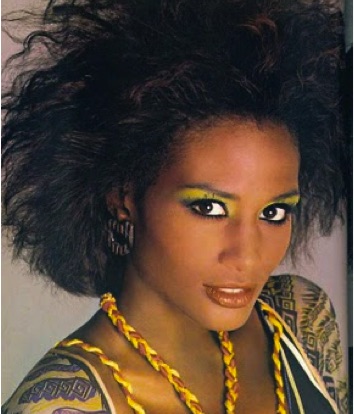
For a long time, beauty in America meant blonde hair and blue eyes, but by the 1980s, people started celebrating beauty in other ethnicities. More diverse models and celebrities started taking center stage.
But one thing did unite them: huge hair! A dramatically sculpted face was also in style, and the look was achieved through contouring makeup.
The great thing about looking through the past is that we can see that many different types of beauty have been appreciated and celebrated through the ages.
We're actually pretty lucky — thanks to our access to images from the past, we can see that beauty really does come in all forms.
SHARE this beauty roundup with someone you think is beautiful!




